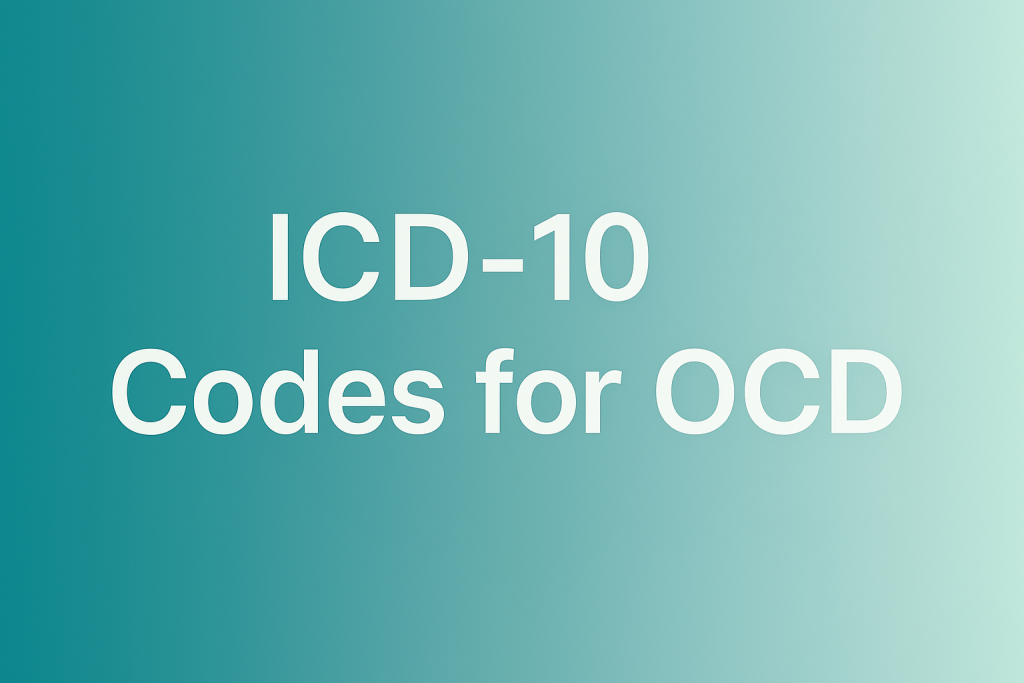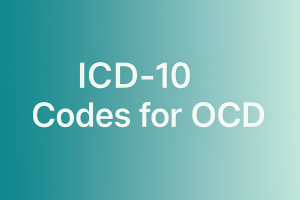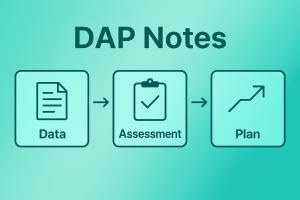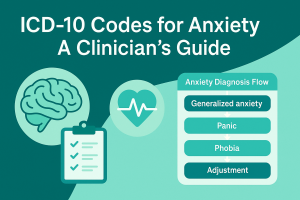ICD-10 Codes for OCD: A Clinician’s Guide
Accurate ICD-10 coding for obsessive–compulsive disorder is crucial for insurance, documentation, and continuity of care. This guide breaks down the F42.x codes with visuals, examples, and DSM-5 comparisons for clarity and compliance.
Choosing the right OCD ICD-10 code isn’t about memorizing F42.x subtypes—it’s about matching documentation to what you actually assess and treat. This guide simplifies the logic and shows how to apply the codes clinically, step-by-step.
OCD Diagnostic Flow
ICD-10 F42.x Code Cards
Intrusive thoughts/images dominate; compulsions are minimal.
Repetitive acts dominate (e.g., washing, checking).
Both obsessions and compulsions clinically significant—most common presentation.
Use for variants (e.g., pure mental rituals) not captured by above.
Temporary use until subtype determined.
ICD-10 vs DSM-5 Comparison
| Domain | ICD-10 | DSM-5 |
|---|---|---|
| Core Categories | F42.0–F42.9 | Single OCD diagnosis with specifiers |
| Severity | Not coded—document narratively | Mild • Moderate • Severe |
| Insight | Not coded | Good/fair • Poor • Absent |
| Tic-related | Separate code | Specifier “tic-related” |
| Use | Billing & global standardization | Clinical diagnosis & research |
Example Notes
Therapy Intake:
S/O: Pt reports contamination obsessions, 2+ hours daily washing. Guilt and anxiety high.
A: F42.2 — Mixed obsessional thoughts and acts. Insight fair.
P: Begin CBT-ERP; Y-BOCS baseline; weekly follow-up.
Med Management:
S/O: 6 weeks SSRI, mild improvement. Still spends 45m/day checking locks.
A: OCD partial response; continue ERP.
P: F42.1 — Compulsions predominate. Continue SSRI, follow-up in 4w.
Tips & Common Pitfalls
- Code what’s treated: F42.2 when both domains active.
- Use Y-BOCS to support medical necessity.
- Reassess unspecified codes regularly.
- Document impairment clearly.
- Pair ICD codes with therapy/CPT codes (e.g., 90837, 99203).




